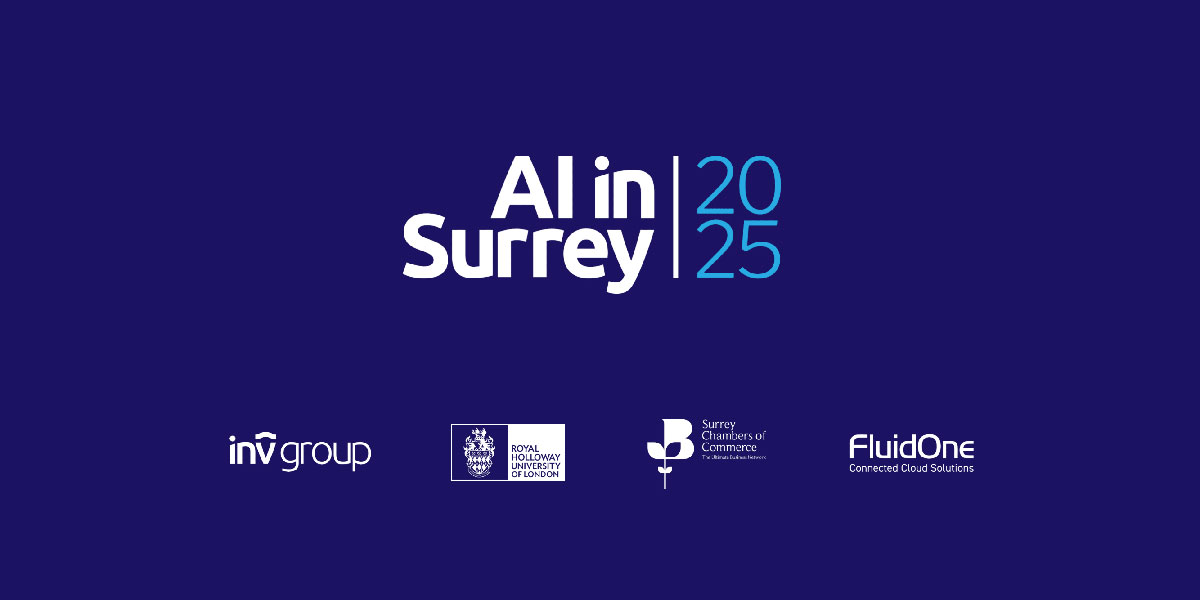The trouble with digital transformation is that it is so easy to get carried away. There are many extraordinary technological developments to be investigated. From iPhones to dones. From biosensors to blockchain. From robots to cobots. As a result, many companies are investing wildly in pursuing futuristic solutions, incubating high-risk startups, and extravagantly experimenting with new business models lacking in empirical evidence. Perhaps such activity may reasonably be justified in an age of digital disruption. However, the implications for many organizations can be severe. No matter how enticing, pushing the state-of-the-art too often means that there is insufficient attention on improvements to the state-of-the-practice. And it is there where many of the most urgent and cost-effective updates can be found.
The growing gap between the state-of-the-art and the state-of-the-practice creates an unhealthy tension in most organizations. Those working at the bleeding edge want to bypass and cut adrift old ways of working. Those keeping the organization on the road feel slighted and abused as they are banished to darkened basement offices, and increasingly left behind technologically. Balancing a so-called “dual speed” strategy is one of key challenges at the heart of any digital transformation. Finding a way to understand, organize, and deliver change in such an environment will largely determine the success of failure of your efforts.
This is seen clearly in industries such as financial services. Extensive technology investments over more than 40 years have left organizations in these industries with a complex computing infrastructure, confusing processes tied to outdated regulations, and a large aging workforce scrambling to maintain it all.
Let’s take a simple example. In 2017, Reuters published the following findings from a piece of research conducted by Celent, Accenture, IBM and others, into the technology supporting major US banking systems:
· 43% of banking systems are built on COBOL
· 80% of in-person transactions use COBOL
· 95% of ATM swipes rely on COBOL
· 220 billion lines of COBOL are in use today
So in spite of 30 years of technology churn, large parts of the digital real estate are dependent on a technology born in the 1960s, and patched up over several decades. Let’s assume that new solutions may allow us to bypass much of this redundant technology. Even so, we’re left with a bewildering combination of different pieces and parts, and a system in need of massive overhaul.
This challenge is now being taken up. One of the consequences is the changing face of the workforce in many organizations. For example, Goldman’s Chief Operating officer recently claimed that they employed more than 9,000 computer engineers. That’s over a quarter of their 35,000 person workforce. And one in four of the new jobs advertised by banks in 2017 had the word “engineer” in their title.
This alone is not enough. More important is a strategic approach able to drive this workforce without exacerbating the tensions between these distinct aims. And that’s not easy.





